Big Data is the buzzword of the day. But what are its practical applications in healthcare, with vast amounts of information and lives hanging in the balance?
In 1663, mathematician John Graunt presented the Royal Society in London with the first drafts of what we now know as data analysis. Today, Graunt is widely regarded as one of the founding fathers of Statistics and Big Data. But back then, statistical analysis served primarily a public health aim. One of its first use cases was the prediction of pandemics such as the plague that ravaged Europe.
In 2021, over 350 years later, an Accenture survey found that 88% of healthcare executives regard data analysis and Big Data as their top strategic priority. However, less than a third of companies have in-house capacity to process and draw conclusions from so much data. A separate McKinsey study draws a similar conclusion: the world needs roughly 190,000 additional professionals in this area.
In the three centuries that separate the birth of statistics from the widespread use of data as a management tool, much has changed and more is still to come. But what is Big Data and how can healthcare organizations apply it?
What is Big Data?
Big Data in healthcare refers to the collection and processing of medical data from various sources, such as patient records, test results, transaction history, wearable data or medical devices.
In hospitals alone, these contents represent 50 petabyte of data per year globally. Despite the effort to collect all that data, companies waste around 97% of it.
Big Data applied to the Healthcare
These are the main applications that we expect in the coming years. They balance the potential of technology, patient needs and budgetary restraints of companies and institutions.
1. Reduced cost per patient
Predictive data analysis can play a major role in reducing the costs in healthcare. For example, Big Data can help to find the best size of teams. A high number of professionals increases costs per patient; under-sizing can put people at risk. Data analysis can help predict the number of patients to optimize beds, equipment, and staffing needs.
In Paris, a set of public hospitals, in partnership with Intel, developed a tool that relies on a variety of sources to come up with daily forecasts on the number of patients expected in each hospital.
One of the major data sets contains 10 years of hospital admissions records, which allows the system to identify relevant patterns in admission rates. Then, using machine learning, the algorithm can predict future trends on the number of admissions.
2. Customization of therapies
Data integration can have transformative effects across the healthcare ecosystem. GE Healthcare recently partnered with Vanderbilt University Medical Center to enable safer and more accurate immunotherapies.
The project will cross-reference the immunotherapy responses of thousands of cancer patients with demographic, genomic, tumor, cellular and imaging data. The goal is to help physicians identify the most appropriate treatment for each patient, using AI (artificial intelligence).
3. Improved diagnostics
Big Data can give patients faster access to care with speedier diagnosis. In recent years, a growing number of apps advise patients about their medical condition using aggregate data. Some apps can recommend that people seek medical advice based on those insights.
Many consumers already have an interest in smart devices that record every step they take, their heartbeat, sleep habits, etc., permanently. All this vital information, combined with other traceable data, can identify potential health risks.
Take Apple, for example, which recently teamed up with Stanford researchers. The partnership’s goal is to determine whether the Apple Watch’s heart sensor can detect atrial fibrillation. Apple will then notify users when they require medical attention.
The Challenges of Big Data in Healthcare
Despite the potential of Big Data, obstacles to widespread adoption remain. In a recent Accenture study of 250 industry executives, one-third admitted that internal barriers between departments prevent data collection and correlation. Another of the most cited barriers was the difficulty in analyzing unstructured data in different formats to reach conclusions.
Safety is also a big concern. More and more companies feel the need to resort to innovative cybersecurity solutions to prevent attacks.
Finally, regulatory challenges remain that need to be addressed. In particular, consent for data collection and processing, control of access to information, and transmitting records across national borders. But just as John Graunt saw the potential of statistical analysis to tackle humanity’s problems, so do companies, healthcare professionals, regulators and patients hope Big Data will one day take healthcare to a new level.

